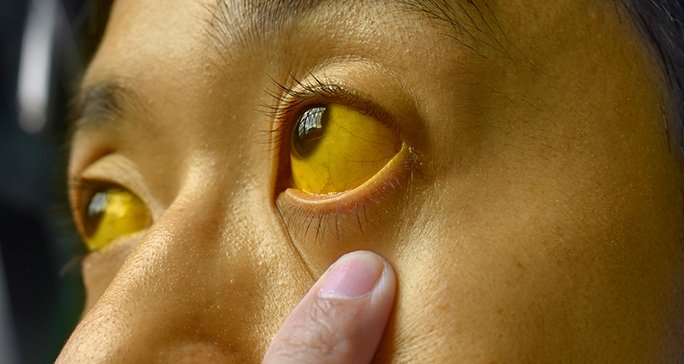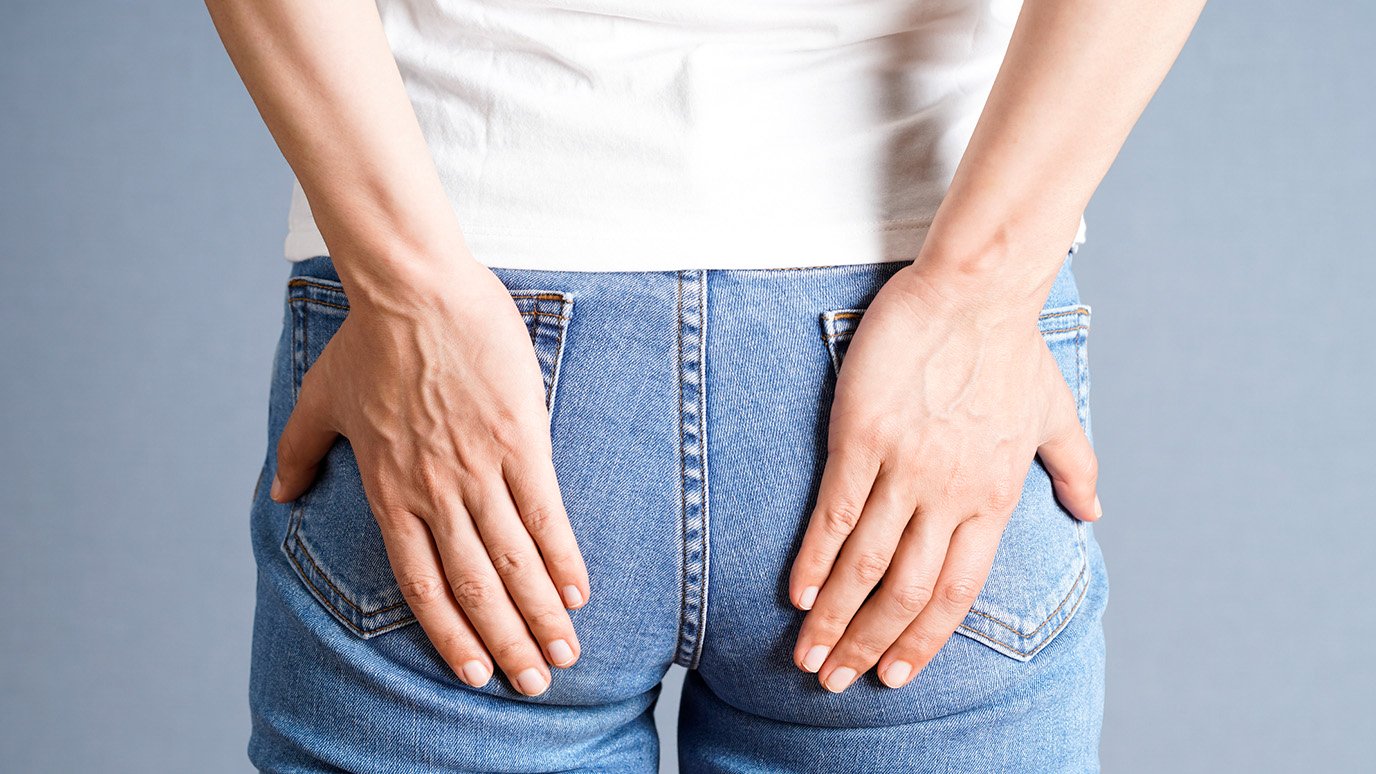- Diseases
- Acoustic Neuroma (14)
- Adrenal Gland Tumor (24)
- Anal Cancer (66)
- Anemia (2)
- Appendix Cancer (16)
- Bile Duct Cancer (28)
- Bladder Cancer (68)
- Brain Metastases (28)
- Brain Tumor (228)
- Breast Cancer (716)
- Breast Implant-Associated Anaplastic Large Cell Lymphoma (2)
- Cancer of Unknown Primary (4)
- Carcinoid Tumor (8)
- Cervical Cancer (154)
- Colon Cancer (164)
- Colorectal Cancer (110)
- Endocrine Tumor (4)
- Esophageal Cancer (42)
- Eye Cancer (36)
- Fallopian Tube Cancer (6)
- Germ Cell Tumor (4)
- Gestational Trophoblastic Disease (2)
- Head and Neck Cancer (6)
- Kidney Cancer (124)
- Leukemia (344)
- Liver Cancer (50)
- Lung Cancer (288)
- Lymphoma (284)
- Mesothelioma (14)
- Metastasis (30)
- Multiple Myeloma (98)
- Myelodysplastic Syndrome (60)
- Myeloproliferative Neoplasm (4)
- Neuroendocrine Tumors (16)
- Oral Cancer (100)
- Ovarian Cancer (170)
- Pancreatic Cancer (166)
- Parathyroid Disease (2)
- Penile Cancer (14)
- Pituitary Tumor (6)
- Prostate Cancer (144)
- Rectal Cancer (58)
- Renal Medullary Carcinoma (6)
- Salivary Gland Cancer (14)
- Sarcoma (236)
- Skin Cancer (294)
- Skull Base Tumors (56)
- Spinal Tumor (12)
- Stomach Cancer (60)
- Testicular Cancer (28)
- Throat Cancer (90)
- Thymoma (6)
- Thyroid Cancer (98)
- Tonsil Cancer (30)
- Uterine Cancer (78)
- Vaginal Cancer (14)
- Vulvar Cancer (18)
- Cancer Topic
- Adolescent and Young Adult Cancer Issues (20)
- Advance Care Planning (10)
- Biostatistics (2)
- Blood Donation (18)
- Bone Health (8)
- COVID-19 (362)
- Cancer Recurrence (120)
- Childhood Cancer Issues (120)
- Clinical Trials (622)
- Complementary Integrative Medicine (24)
- Cytogenetics (2)
- DNA Methylation (4)
- Diagnosis (226)
- Epigenetics (6)
- Fertility (62)
- Follow-up Guidelines (2)
- Health Disparities (14)
- Hereditary Cancer Syndromes (122)
- Immunology (18)
- Li-Fraumeni Syndrome (8)
- Mental Health (118)
- Molecular Diagnostics (8)
- Pain Management (62)
- Palliative Care (8)
- Pathology (10)
- Physical Therapy (18)
- Pregnancy (18)
- Prevention (890)
- Research (388)
- Second Opinion (74)
- Sexuality (16)
- Side Effects (602)
- Sleep Disorders (10)
- Stem Cell Transplantation Cellular Therapy (216)
- Support (404)
- Survivorship (322)
- Symptoms (184)
- Treatment (1768)
Chemotherapy side effect: hand-foot syndrome (palmar-plantar erythrodysesthesia)
4 minute read | Published March 11, 2021
Medically Reviewed | Last reviewed by an MD Anderson Cancer Center medical professional on March 11, 2021
Hand-foot syndrome (also called palmar-plantar erythrodysesthesia) is a side effect of some chemotherapy drugs that can cause redness, swelling and blistering on the palms of the hands and soles of the feet. Only a handful of drugs tend to cause it, but it’s still important to know about, so that symptoms can be addressed quickly.
To learn more about hand-foot syndrome, we spoke with Makenna Smack, Pharm.D., a clinical pharmacist. Here’s what she wants patients to know about hand-foot syndrome, when to expect it during cancer treatment, and what not to do if you develop it.
Is hand-foot syndrome the same thing as hand, foot and mouth disease?
No, they are entirely different. Hand, foot and mouth disease causes a rash on the hands and feet due to exposure to a virus. It’s most common in young children.
Hand-foot syndrome is a side effect of certain types of chemotherapy. It can resemble a sunburn on the palms and soles. It’s also known as palmar-plantar erythrodysesthesia.
Which chemotherapy drugs are associated with hand-foot syndrome?
Several drugs may cause hand-foot syndrome, including:
- 5-fluorouracil (5-FU)
- capecitabine (Xeloda®)
- docetaxel (Taxotere®)
- cytarabine (Cytosar®)
- doxorubicin (Adriamycin®)
- liposomal doxorubicin (Doxil®)
Are certain patients more likely to develop hand-foot syndrome?
Hand-foot syndrome occurs more often in patients who are taking capecitabine. It’s also more common in patients who receive 5-FU through a pump over time, as opposed to all at once in what’s called a “bolus” dose.
Because the drugs mentioned above can be used to treat many different cancers, hand-foot syndrome is more common in patients with certain types of disease, especially gastrointestinal cancers. Some of the cancers treated with the drugs listed above include:
- stomach cancer
- esophageal cancer
- pancreatic cancer
- liver cancer
- bile duct cancer
- colorectal cancer
- anal cancer
- lymphoma
- sarcoma
- breast cancer
- ovarian cancer
When does hand-foot syndrome usually appear? And how quickly do patients start to see it?
Hand-foot syndrome tends to appear within the first 2 to 3 months of treatment. It often begins as redness in the hands and feet, but it’s more common in the palms than the soles. The redness looks similar to a sunburn, with the soles and/or palms turning completely red, unlike a rash, which appears in small, patchy areas.
There can also be swelling, pain or a burning sensation. In severe cases, patients may notice dryness, or cracking or peeling skin. The skin might also look tight or thin and feel tender to the touch.
How is hand-foot syndrome typically treated?
Hand-foot syndrome treatment is largely based on symptom control. If there’s swelling or inflammation, topical steroid creams may be prescribed or cancer treatment may be postponed until symptoms improve. Sometimes the dose of chemotherapy is also adjusted to manage this side effect.
Moisturizers are recommended for dryness. Sometimes medicated creams, like urea cream, can help get rid of rough skin. Celebrex can sometimes be used for pain, but it’s not routinely prescribed.
Is there anything patients can do to prevent hand-foot syndrome?
We can’t guarantee anything, of course. But we recommend that patients receiving the types of chemotherapy mentioned above start moisturizing their hands and feet from the first day of their treatment, if they’re not already doing so. We suggest using thick, unscented creams at least twice a day. We also don’t recommend using scented lotions, because sometimes those can contain alcohol, which can be drying.
We also recommend avoiding exposure to heat or high temperatures that could dry out the skin. We tell patients to wear gloves to wash their dishes, take showers in lukewarm water, and stay out of direct sunlight. We also advise them to avoid wearing tight-fitting gloves, socks or shoes, or even holding tools or standing in one position for very long, because pressure and repetitive friction can make hand-foot syndrome worse.
Is there anything patients shouldn’t do if they develop hand-foot syndrome?
They should avoid picking at dry skin, breaking any blisters, or soaking their hands in hot water. And when moisturizing, don’t vigorously rub the creams in.
When should patients contact their care teams for help with hand-foot syndrome?
Call us immediately if you develop a fever or chills. Also see your care team for evaluation if symptoms worsen, if there’s any bleeding or drainage from the sores and cracks, or if your hands and/or feet become increasingly painful, or inhibit your ability to complete regular daily tasks.
What’s the one thing you want people to know about hand-foot syndrome?
Recognizing symptoms early and setting up good skin care routines are key to prevent worsening of hand-foot syndrome.
Request an appointment at MD Anderson online or by calling 1-866-870-0253.

Recognizing symptoms early and setting up good skin care routines are key.
Makenna Smack, Pharm.D.
Clinical Pharmacist





